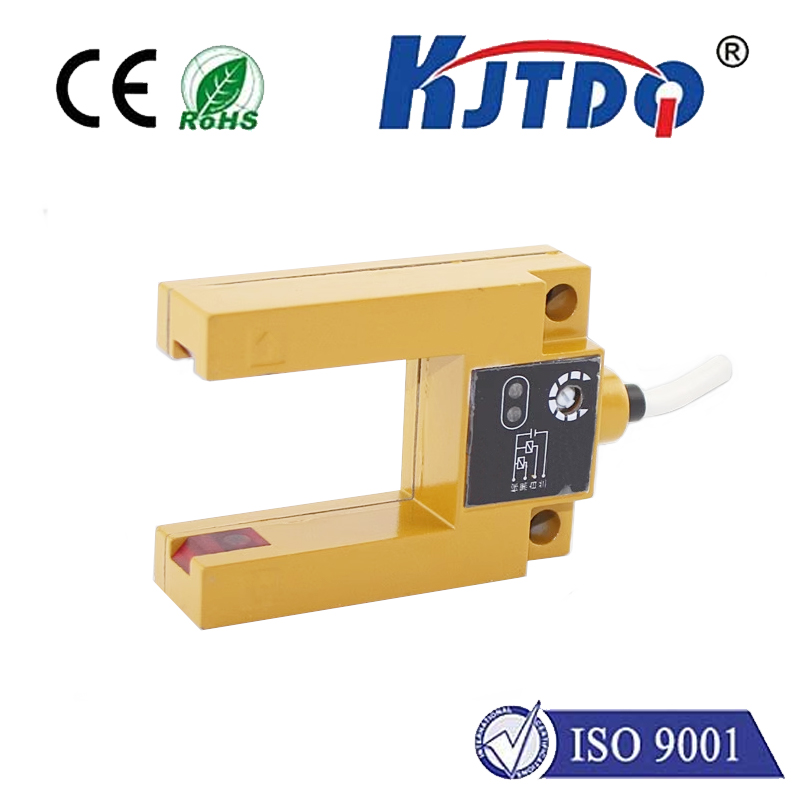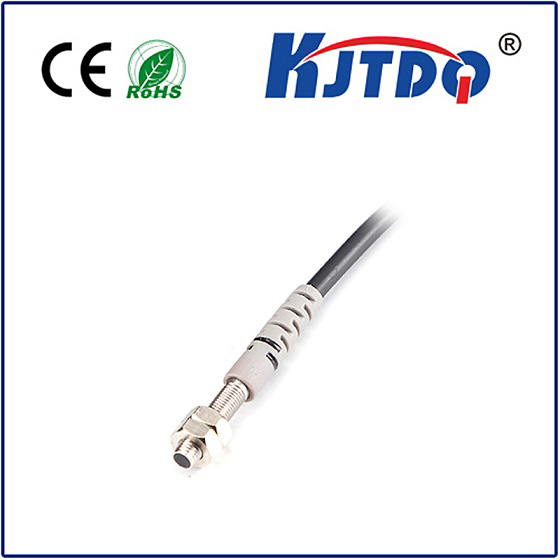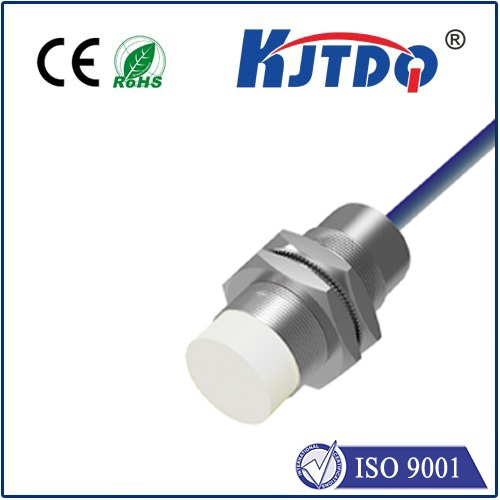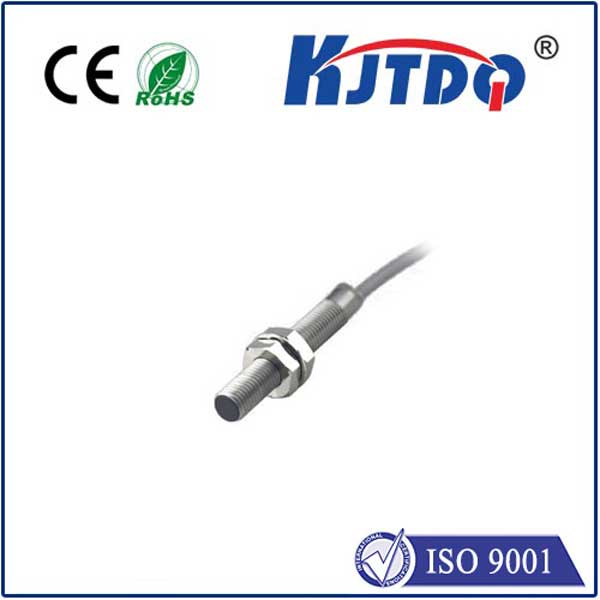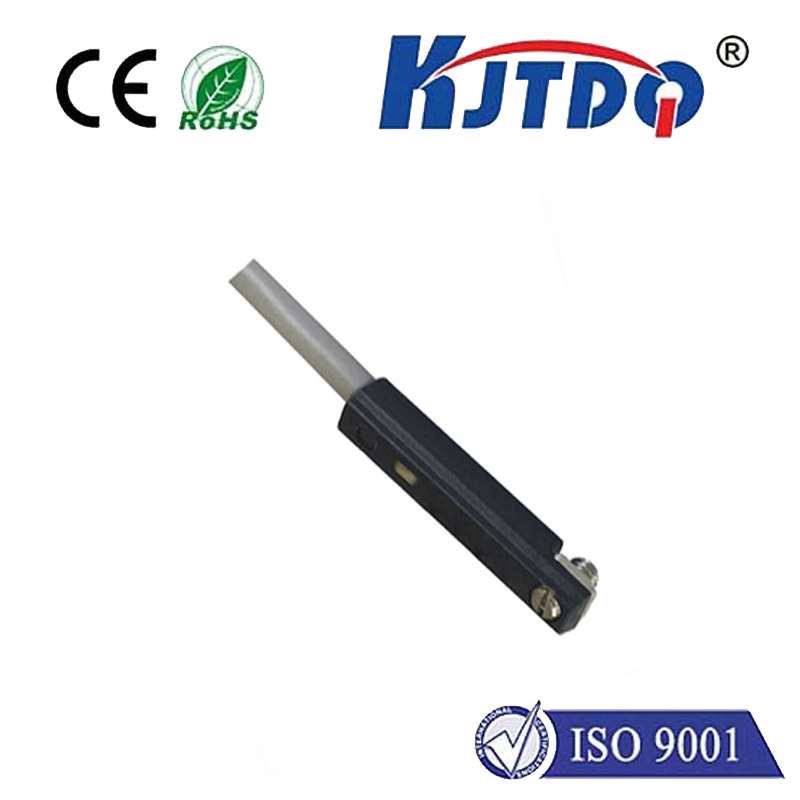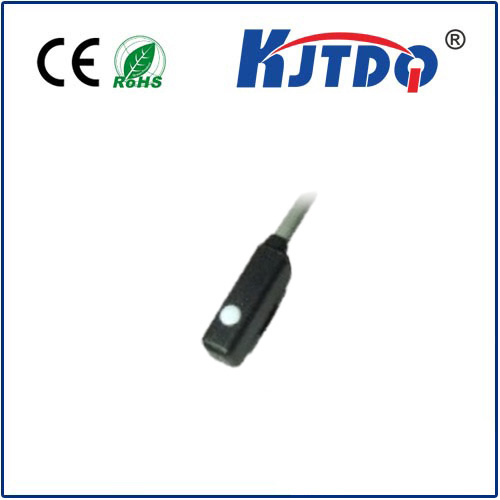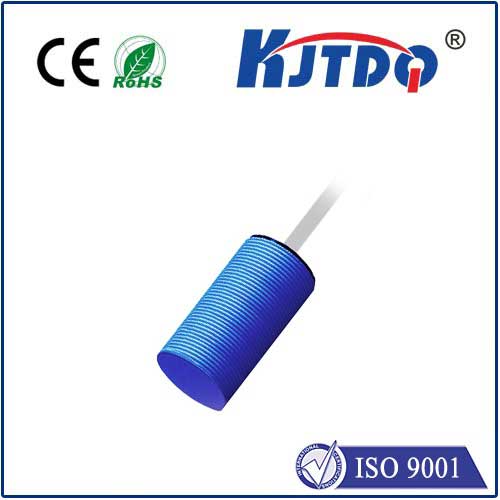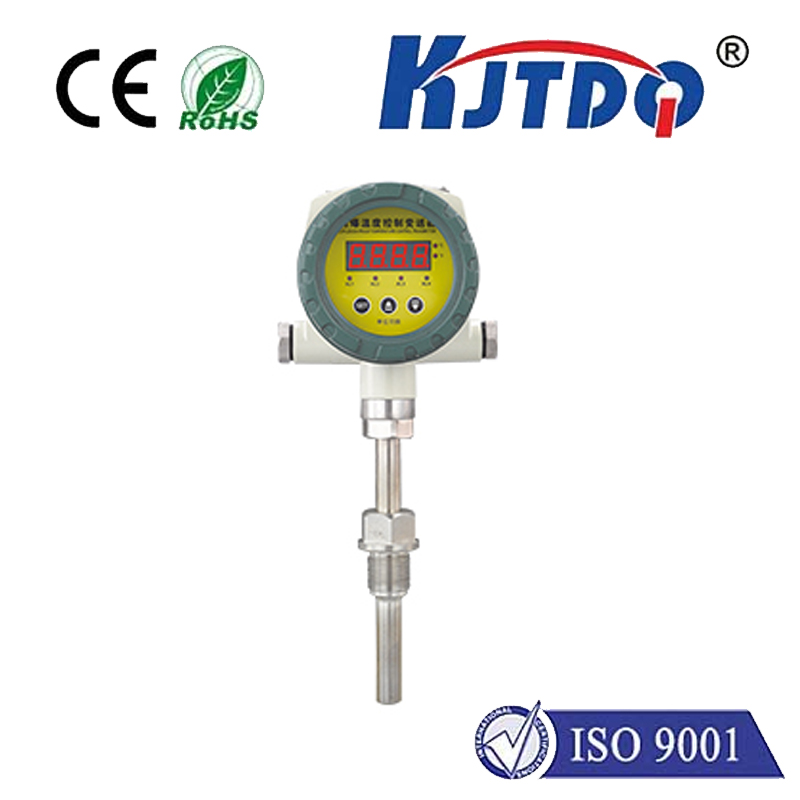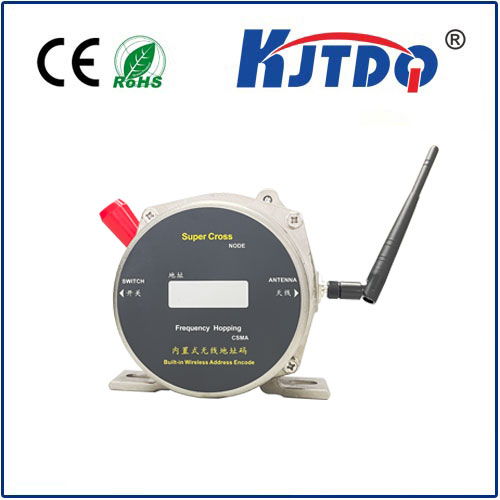laser detector sensor
- time:2025-08-29 03:15:53
- Click:0
Unseen Signals, Critical Insights: The Hidden Power of Laser Detector Sensors
Imagine technology so precise it can map mountains from space, guide robots on factory floors with millimetre accuracy, or instantly detect minute contaminations on a production line. This isn’t science fiction; it’s the reality enabled by an often-overlooked but fundamental component: the laser detector sensor. These sophisticated devices act as the essential counterpart to laser emitters, silently translating beams of concentrated light into actionable, real-world data. More than just passive receivers, they are sophisticated interpreters of the light’s journey, unlocking a universe of measurement, detection, and control.
The Core Principle: Sensing the Light
At its simplest, a laser detector sensor converts laser light energy into an electrical signal. However, this basic definition barely scratches the surface. The true power lies in how it analyzes the characteristics of the received light beam. Key properties like:

- Presence/Absence: The most fundamental function – detecting if the laser beam is hitting the sensor. This is crucial for safety beam curtains preventing machinery accidents, object detection on conveyor belts, or simple positioning tasks.
- Intensity: Measuring the strength of the received light. Fluctuations can indicate distance changes (through attenuation), defects blocking part of the beam, or variations in the target surface’s reflectivity.
- Wavelength: Some detectors are tuned to specific laser wavelengths, offering selectivity and immunity to ambient light interference. This is vital in environments with complex lighting or multiple laser systems.
- Phase Shift / Time-of-Flight (ToF): For cutting-edge distance measurement. By precisely measuring how long a laser pulse takes to bounce back to the detector (Time-of-Flight) or the phase difference between emitted and reflected continuous waves, these sensors calculate distances with remarkable accuracy. This is the bedrock technology behind LIDAR systems powering autonomous vehicles and 3D mapping.
- Position: Specialized sensors like Position Sensitive Detectors (PSDs) can pinpoint the exact location where a laser beam strikes their surface, enabling high-speed, non-contact alignment and tracking.
How They Work: Beyond Simple Photons
The core technology within a laser detector sensor is typically a photodiode or phototransistor. These semiconductor devices generate a current or voltage when photons (light particles) strike them. However, raw photodiode output isn’t usually sufficient for most applications. The real intelligence comes from the surrounding electronics:
- Signal Conditioning: Amplifying the weak electrical signal from the photodiode.
- Filtering: Removing electrical noise and often filtering out ambient light frequencies not matching the laser’s wavelength.
- Processing: Sophisticated algorithms interpret the signal. For ToF sensors, incredibly precise timing circuits (often picosecond resolution) calculate the pulse flight time. For phase shift, complex modulation/demodulation techniques extract the phase difference.
Where They Shine: Ubiquitous Applications
The versatility of laser detector sensors makes them indispensable across countless sectors:
- Industrial Automation & Manufacturing: Driving precision and speed. They ensure parts are present and correctly positioned before machining (
presence detection), verify assembly completeness (object detection), measure critical dimensions (gauging), monitor fill levels through transparent containers (level sensing), and act as non-contact limit switches. Automated Guided Vehicles (AGVs) rely heavily on laser sensors for navigation and obstacle avoidance.
- Metrology & Quality Control: Performing non-contact, high-accuracy measurements. Laser triangulation sensors use a detector to see where a reflected beam hits, calculating distance or profile variations. Confocal sensors achieve micron-level resolution for surface inspection and thickness measurement.
- Robotics: Providing crucial feedback for manipulation, navigation, and obstacle detection. Laser scanners (combining an emitter, rotating mirror, and detector) create detailed environmental maps. Gripping systems use sensors to locate and verify object pickup.
- Safety Systems: Creating invisible protective barriers. Laser safety light curtains surround hazardous machinery – if the beam between emitter and detector is broken (e.g., by a hand), the system triggers an immediate shutdown.
- Autonomous Vehicles & Drones: LIDAR is the star here. Multiple laser detector sensor units work with rapidly scanning emitters to build real-time 3D point clouds of the vehicle’s surroundings, essential for path planning and collision avoidance. This technology also powers advanced driver-assistance systems (ADAS).
- Environmental Monitoring & Research: Detecting atmospheric particles, measuring pollution levels using LIDAR principles, or precisely tracking satellite positions through laser ranging. They offer ways to conduct non-invasive analysis crucial for ecological studies.
- Consumer Electronics: Found in devices like laser printers (detecting paper position and drum alignment) and optical memory drives (like Blu-ray, reading reflected laser light patterns).
Choosing the Right Laser Detector Sensor: Key Considerations
Selecting the optimal sensor requires careful evaluation of the application’s demands:
- Detection Principle: Presence, distance (ToF, triangulation), position (PSD)? The core need dictates the technology.
- Range & Accuracy: What distances need measuring and to what tolerance?
- Response Time: How quickly must the sensor react? Critical for high-speed automation or safety.
- Target Properties: Does the target absorb, reflect, or diffuse laser light? Is it transparent, shiny, or matte? Surface characteristics dramatically affect performance.
- Environment: Exposure to dust, moisture, extreme temperatures, vibrations, or strong ambient light? Ruggedized housings and specific wavelengths or filters are essential for harsh conditions.
- Output: What signal does the control system need? Analog voltage/current, digital switch (PNP/NPN), or serial communication (RS232, Ethernet)?
- Size & Mounting: Mechanical constraints on the sensor’s footprint and installation options.
The Future: Sensing with Greater Intelligence
Laser detector sensor technology continues to evolve rapidly. Key trends include:
- Miniaturization: Enabling integration into smaller devices and wearables.
- Increased Resolution & Speed: Driving finer measurements and faster control loops.
- Enhanced Immunity: Further improvements in rejecting ambient light and electrical noise.
- Lower Power Consumption: Critical for battery-operated devices and drones.
- Sensor Fusion: Combining laser detection data with inputs from cameras, radar, or inertial sensors creates richer, more robust environmental understanding for complex systems like autonomous robots and vehicles.
- AI Integration: On-board processing using AI algorithms to interpret complex signal patterns directly at the sensor level, enabling smarter, more adaptive detection capabilities.
The laser detector sensor is far more than a simple component; it is the critical bridge between the invisible precision of laser light and the tangible data that drives modern technology. From ensuring factory safety to enabling self-driving cars and probing the depths of our












